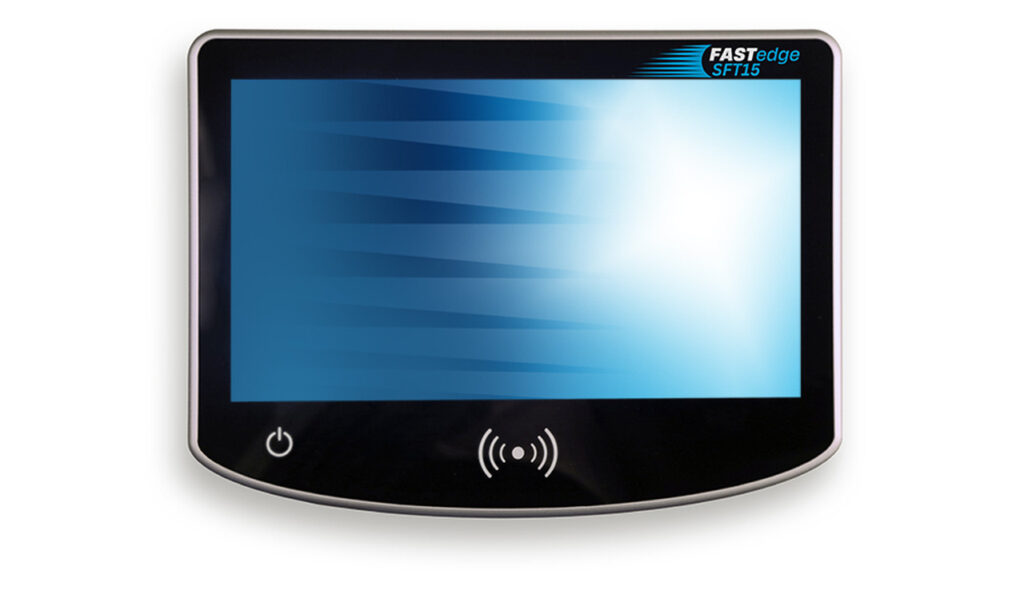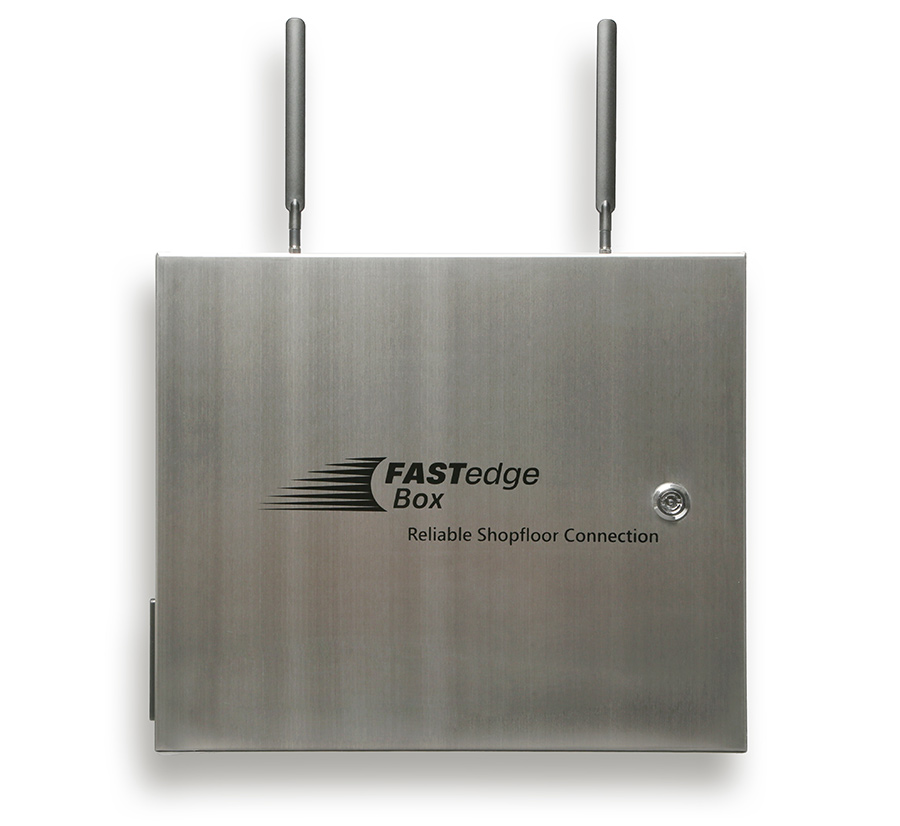Many small and medium-sized companies shy away from investing in a manufacturing execution system. If not only the employees need to be convinced of the potential of a production-related solution, but also the management, the strategy of small steps may lead to success. A test device on the shop floor, for example, can show initial potential benefits and pave the way for the test installation of a production data acquisition system.
The topic of Industry 4.0 has become a focal point for small and medium-sized enterprises (SMEs). As an information hub and the first step towards decentralisation, Manufacturing Execution Systems (MES) can form the basis for getting there. Such systems can be implemented relatively quickly in manufacturing companies. However, when it comes to the introduction of an MES, the first thing entrepreneurs see is the great effort and high costs involved and therefore often shy away from the investment. The following will show that it is possible to get started with lean means, how to get employees on board and how to achieve a fully comprehensive MES application step by step. If certain points are taken into account during the project, there is no need for incalculable expenditure or even cancellation of the MES project. As an example, let’s take a medium-sized manufacturing company where things are going well according to gut feeling. However, the new production manager, Mr Müller, has a different opinion after looking at the production processes for some time. He sees clear potential for optimisation and would therefore like to introduce an MES solution in the company. For Machine Data Acquisition (MDA), the production employees write down their entries on downtimes and faults by hand on pre-printed forms. This is either done immediately or just before closing time. However, the manual logging of downtimes, faults, etc. is too imprecise and prone to error with regard to the exact times, the exact duration and the description of the cause for meaningful reports. The production employees hand over the data entry sheets to the foreman or shift supervisor, who types the values into tables and forwards them to Controlling. Controlling then uses the data to calculate the overall equipment effectiveness (OEE), which is made available to the plant and production management and the executive board.
Doubts are Justified
Production manager Müller wants to convince the managing director that with an MES, the data is detailed, unadulterated and, above all, available in real-time so that he can react immediately to problems and optimise other processes. However, he knows that the mere mention of the term ‘MES’ will result in a blockade for the managing director due to the high investment costs and resources tied up in it. So Müller develops a strategy. He convinces his boss that manual data acquisition has too many inaccuracies and is very time-consuming for the machine operators. He therefore wanted to start a test with an OEE measuring device on a system with low installation effort and low costs. His boss approves the 2,000 euros he needs for three months’ hire, commissioning and training for the measuring device. A short time later, the measuring device is installed on the system and his colleagues are instructed. The start and end times for downtimes are specified in real-time by the OEE measuring device. The machine operators tap buttons directly on the touchscreen to select a downtime, such as a material shortage, or to detail a fault. After initial scepticism, they find the OEE measuring device makes their work easier. At the same time, the shift and production manager can draw precise conclusions about when the plant was down and for how long. The OEE reports are promptly available for detailed reports on optimisation options and Müller has had an alarm set up on his mobile phone for longer machine downtimes.
Findings After One Week
After the first week of the test run, the analysis revealed areas that could be reduced through targeted technical and organisational optimisation measures. The output of the system is continuously increasing. With his return on investment (ROI) calculations, Müller is able to convince the managing director after a total of three months of testing that the OEE measuring device has amortised within a very short time. The managing director realises that there is potential for optimisation in the entire production area and gives the go-ahead for the introduction of a system for machine and production data acquisition (MDA/PDA). A team is tasked with defining the company’s requirements for such a system with an interface to the ERP system. The project team quickly realises that only a modular MES system can cover future requirements and grow accordingly. As the MES solution could also be used to analyse personal performance in the future, the works council has a right of co-determination. The specifications are finalised within a few weeks. After an extensive review of all MES providers, a pilot installation is finally started with one of them. The pilot is initially installed at three plants for a period of three months. Just a few weeks later, the first successes proved production manager Müller right. In close co-operation with the MES provider, the requirements defined in advance during the pilot phase were further adapted to the production situation: Downtime reasons were refined, productive and downtimes defined, scheduling views and reports adapted, etc. After these first few months, it is clear to everyone involved in the project that the optimised functionality will now be rolled out to a further 20 systems. Just one year later, the topic of MDA/PDA has permeated all levels of the company, so that further expansion towards a fully comprehensive MES system has begun.








